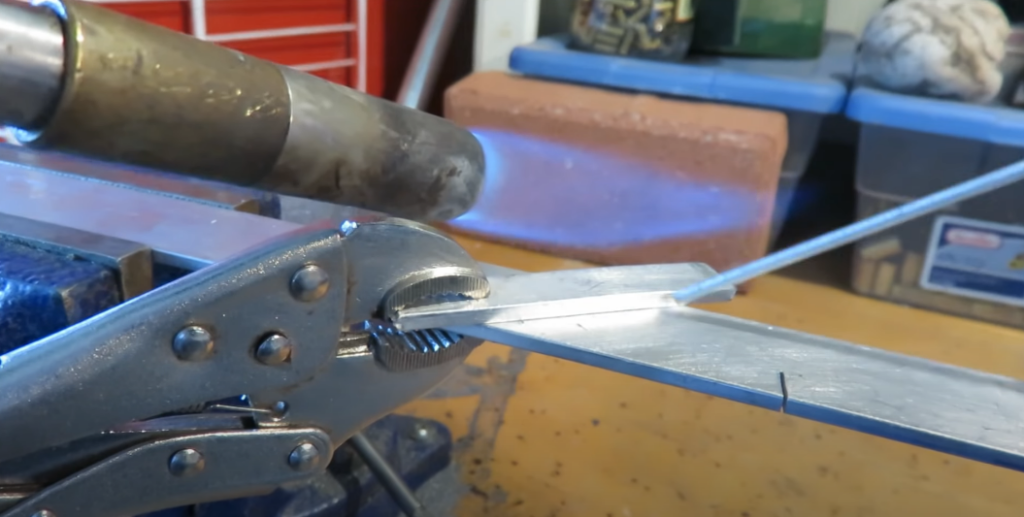
First things first – any usual solder or flux is not suitable for soldering aluminum, it is recommended to use specialized brands. Also, I’d like to explain what is brazing aluminum.
Brazing aluminum is used when it is necessary to repair some parts made of this meal or from the alloys containing this metal. To name the few cases, many household items, car parts, or just wires contain aluminum. In most cases, soldering is easier and more efficient than welding, especially when it comes to small parts. In addition, soldering does not deform the material because of overheating.
The things you need to solder aluminum
- A gas burner for heating the ends of wires;
- Powerful soldering iron or station;
- Special solder and flux;
- Steel brush for cleaning the top layers of the soldered parts;
- Mask, respirator, and goggles must be used;
- Protective gloves;
Choosing a soldering iron for aluminum
To join such durable material as aluminum, you need a high power soldering iron, about 100-200 watts. For small wires – 60-100 watts is enough. The more powerful device can melt the metal and disrupt its structure!
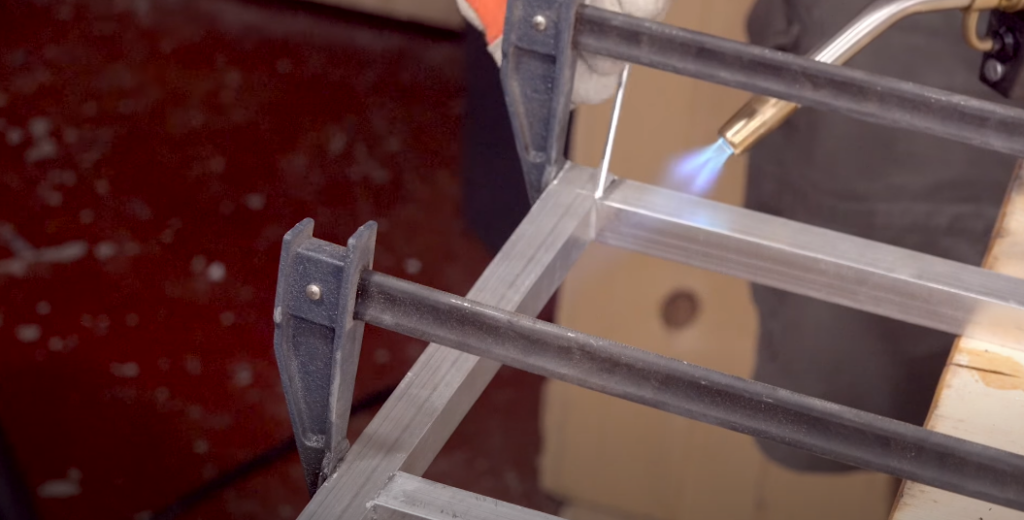
Solder and flux required for brazing aluminum
For soldering aluminum parts, you can use solders consisting of bismuth and tin alloys. You can also use tin with zinc. It will be difficult to achieve good joints with other solder types. The main thing is how to solder aluminum.
To tin a detail, you can use a wide variety of materials, up to aspirin. But it’s better to do everything properly and use the materials designed for soldering aluminum, namely flux. The better the flux, the easier the whole process will go.
When performing brazing aluminum, tin-lead solders are picked along with highly active fluxes. However, such solders are not very reliable, and these alloys are also prone to the development of corrosion processes. To make such compounds more resistant to corrosion, they must be coated with special compounds.
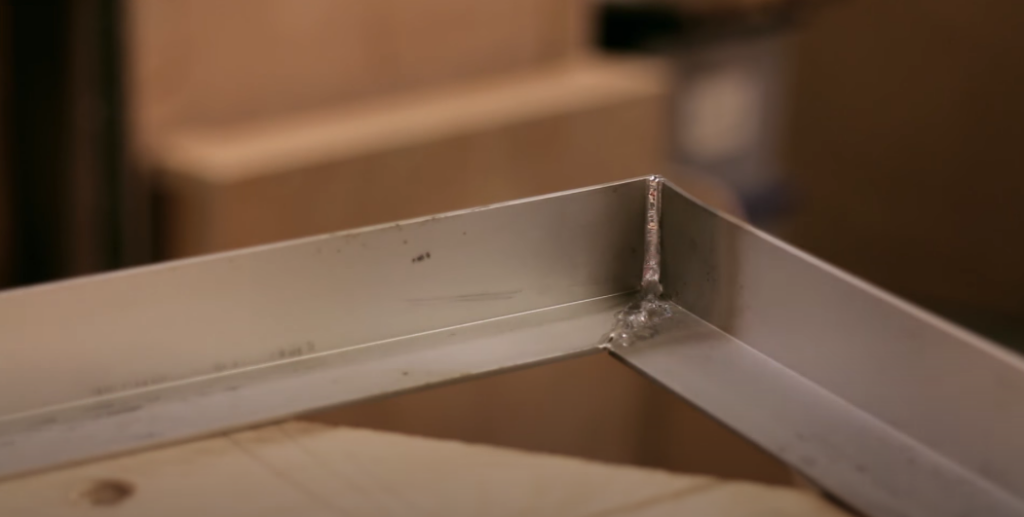
The most high-quality, reliable and corrosion-resistant brazed alloys are based on the solders containing zinc, copper, silicon and aluminum.
The tin-lead solders have the lowest melting point of all the above-mentioned solder types – about 9300F. This melting temperature is necessary to connect large-sized aluminum parts.
The great results can be received after soldering aluminum with such alloys:
- 2 parts zinc and 8 parts of tin;
- 1 part of copper and 99 parts of tin;
- 1 part of bismuth and 30 parts of tin;
How to solder aluminum with brazing alloy?
Most solders include chemical elements that almost do not dissolve with aluminum. That is why, for joining aluminum parts by soldering, it is recommended using the solders based on aluminum and low-melting cadmium, tin or zinc.
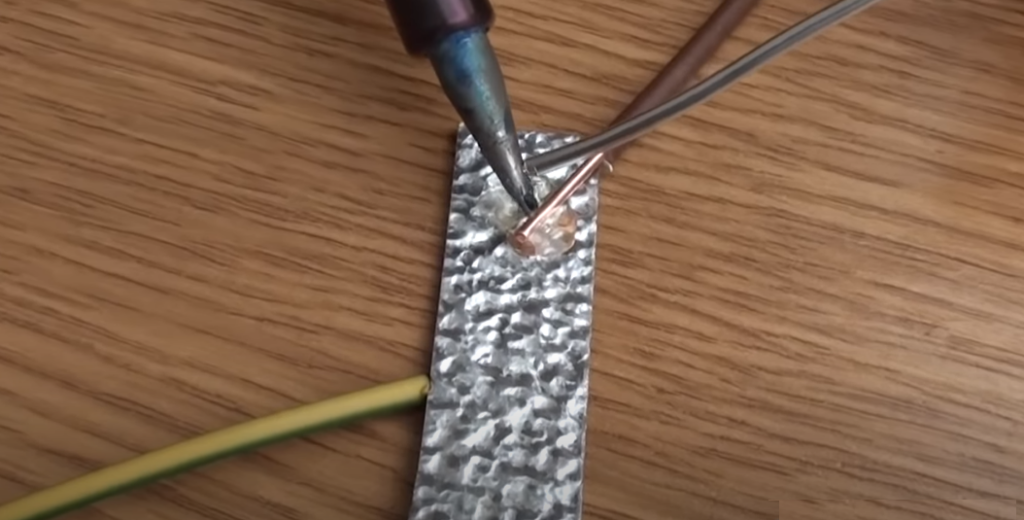
Fusible compositions are more convenient to use because the soldering process can be done with low temperatures to avoid drastic changes in aluminum properties.
The disadvantages of tin and cadmium are their instability to corrosion, which leads to the rapid destruction of the material. Bear this in mind when choosing brazing alloy for soldering aluminum.
The most interesting fact is that the most reliable brazing alloys are based on aluminum. Also, they may include:
- silicon;
- zinc;
- copper;
The best of them to use is an alloy based on aluminum with silicon. The most reliable result can be obtained after applying the composition of aluminum, copper and zinc.
[tds_info]Important notice: when using these types of solder, the soldering iron tip must be heated to a temperature of 6600F. In this case, a flux product consisting of a mixture of oleic acid and lithium iodide must be used.[/tds_info]The simplest types of solders can be prepared at home if you know what you are doing. However, it will not be difficult to buy special solder and flux for brazing aluminum.
How to solder aluminum: the easiest method
Before soldering aluminum the part or wire must be properly prepared to clean the connection. To do this, an oxide film is removed from the surface of the wire. Such degreasing can be done with gasoline or acetone. Or any other solvent will do.
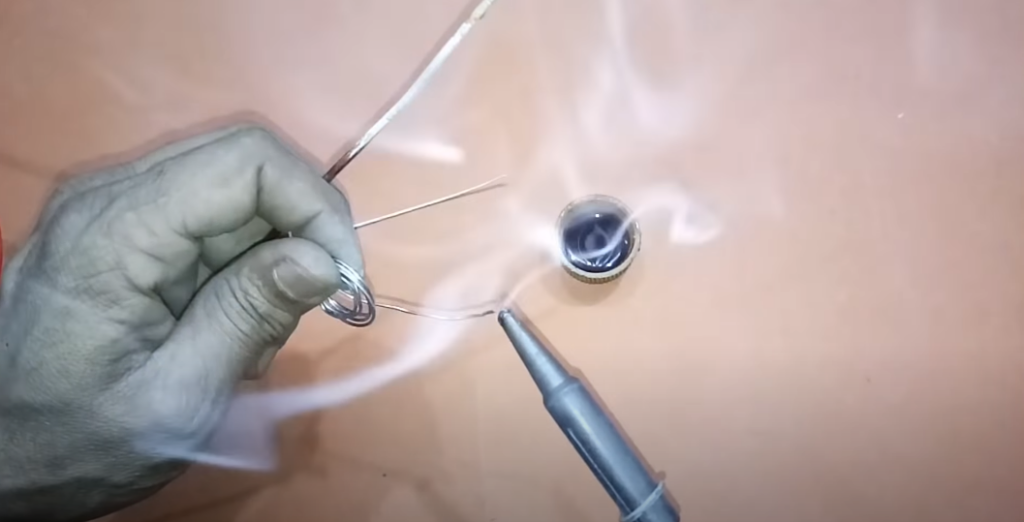
The surface can be treated with sandpaper. The oxide film will recover almost immediately – this is an inevitable feature of soldering aluminum. But the new film will be much thinner than the original, and you can already work with a soldering iron.
The covered in flux wires must be heated with a soldering iron. This should be done carefully, without overheating the metal. It is recommended to use a heating device with temperature control. In common, this method is not much different from any other soldering process.
The solder melts and it is evenly distributed on the aluminum surface when the necessary elements are combined. The cables or aluminum parts must be firmly pressed against each other by a tinned surface. The joint will be very durable.
Rosin solders for brazing aluminum parts
To solder two aluminum wires, they must be tinned at first. To cover the wire with a rosin solder, place it on sandpaper (medium grain) and press it with a hot tinned soldering iron to the sandpaper. Also, for soldering, you can use a solution of the rosin flux containing diethyl ether. The soldering iron is not removed from the wire and rosin is added to the tinned end.
Aluminum wires are tinned perfectly but all actions are required to be repeated several times. After this, the soldering aluminum can be done easily at home. You can also get a good result if taking a mineral/alkaline oil instead of rosin solders.
When soldering aluminum that has a thickness of more than 0.07 inches, the place of joining must be heated with a soldering iron. After soldering, you must do the following steps:
- Rinse with special brushes in hot water (150 – 1800F) for 15–20 minutes;
- Rinse in cold running water for another 20-30 minutes;
- Treat with the solution of chromic anhydride;
- Rinse in cold water;
- Dry the joint with the temperature of about 1750F for 30 minutes;
Useful tips for soldering aluminum
- To simplify the process of connecting 2 aluminum parts, you can use a brazing torch, heating the parts with it. The solder will cover the parts faster after such heating. The main thing is to prevent the overheating of the metals. While heating any aluminum parts, it is better to hold it with pliers instead of bare hands;
- It is important to work in a well-ventilated area since vapors from flux and solder are toxic and harmful to a human body. It is also important to use a fire extinguisher located nearby just in this case;
Final thoughts
To solder this metal, you need to buy the special equipment for brazing aluminum and choose one of the brazing methods: with the mechanical destruction of oxide or chemical destruction of the film. Both soldering methods are quite effective for joining aluminum parts.


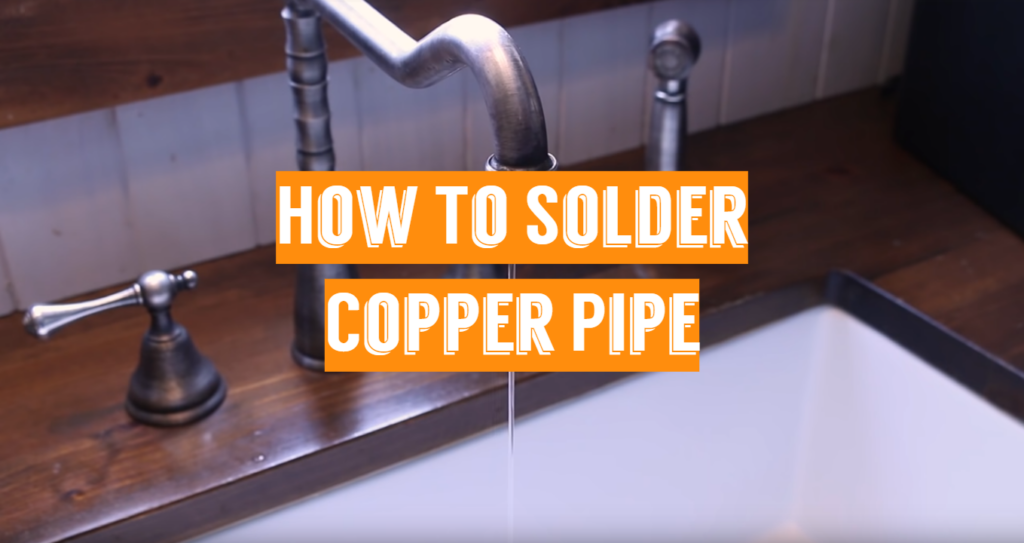
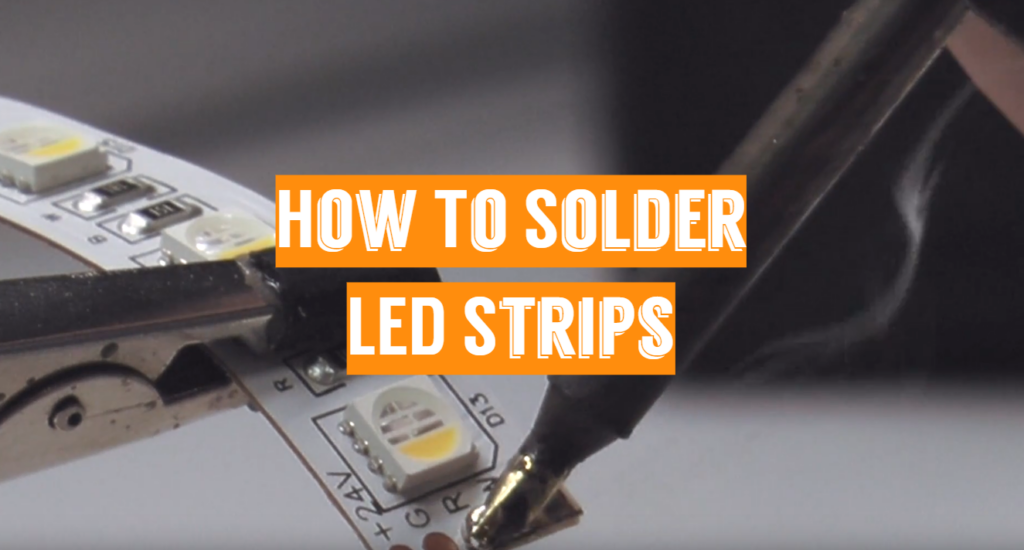
I’m debating on whether to solder aluminum myself or hire a profession. I have some welding experience but it’s been a long time.